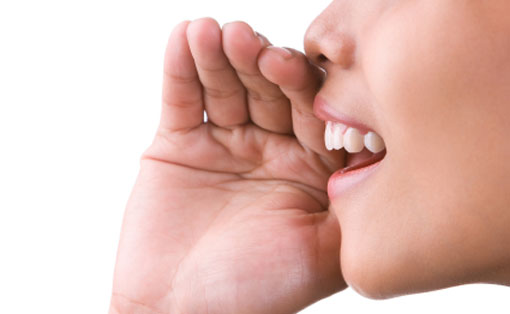Instruction
1
So, the reason for nasal may become insufficient mobility of the soft palate, the irregular shape of the tongue when extracting the sounds (this is the most common cause). In addition, the nasal may be the defects of the hard and soft palate, adenoids (difficulty in nasal breathing), rhinitis (inflammation of nasal mucous membrane), as well as a deviated septum or injury.How to check whether you have to play? Close your mouth, unclench your jaw and sing the melody. With the inner side of the lip you should feel a slight tickle. Can also hold your nose and say the whole alphabet without the "m" and "n". If everything is in order, the twang not your story.
2
In that case, if you're not sure whether you have twang, you can check this with a simple exercise. You must close your lips, jaw to unclench and try to sing the melody. With the inner side of the lips you will feel a slight vibration, tickling. You do not feel it? So, you need to consult a specialist or try to get rid of nasal yourself.There is another exercise to check: hold your nose and tell the whole alphabet, but without the letters "N" and "M".
3
To eliminate the twang, as has been said, and on their own through various exercises developing the mobility of the soft palate. However, if you have anatomic abnormalities, it is likely that you will need a special treatment (surgical). Often to get rid of rhinolalia when you work with a doctor or speech therapist.
4
Exercise still also will not be superfluous. One of them is an exercise called "Yawn". His name reflected the essence of the methodology. You just have to work out the ability to transfer air from the nose into the oral cavity. So often a yawn, and with his mouth open and closed.
The next exercise is called the "table of vowels". Nothing is hard: it is necessary to alternately pronounce the sounds And, uh, A, O, U, S. Then you should take a breath and connect to each spoken vowel sound "M". That is next, you will need to say already MI, me, MA, MO, MU, WE. Similar work is done with letter N.
The next exercise is called the "table of vowels". Nothing is hard: it is necessary to alternately pronounce the sounds And, uh, A, O, U, S. Then you should take a breath and connect to each spoken vowel sound "M". That is next, you will need to say already MI, me, MA, MO, MU, WE. Similar work is done with letter N.
